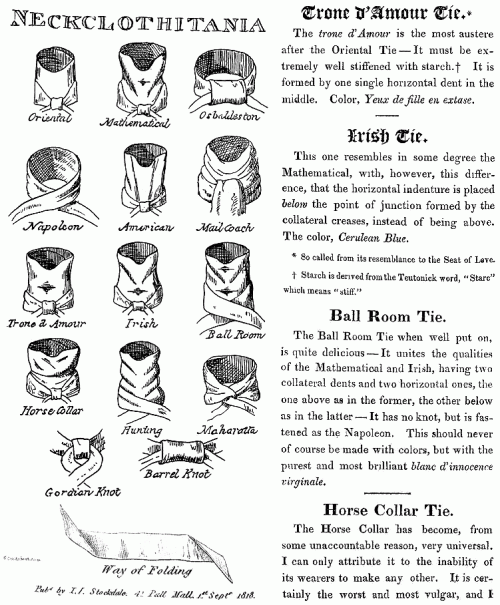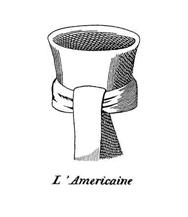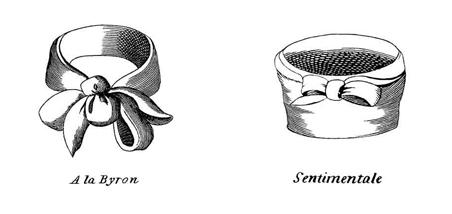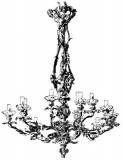 I´ve long wanted to dedicate a special post about the decorative style of old Hollywood movies. I had always been struck by the opulent sets of these black and white films of the 30s. And its evolution over the years 50 and 60, such as colorful scenes of the films of Doris Day and Red Hudson.
This style is commonly called to as "Hollywood Regency" because it combines elements of the "French Regency" (early XIX century) and the limelight of Hollywood. Struck me as especially in the mid-30's, the sets were so luxurious and the U.S. as rising poverty. People went to the cinema to dream ...
I´ve long wanted to dedicate a special post about the decorative style of old Hollywood movies. I had always been struck by the opulent sets of these black and white films of the 30s. And its evolution over the years 50 and 60, such as colorful scenes of the films of Doris Day and Red Hudson.
This style is commonly called to as "Hollywood Regency" because it combines elements of the "French Regency" (early XIX century) and the limelight of Hollywood. Struck me as especially in the mid-30's, the sets were so luxurious and the U.S. as rising poverty. People went to the cinema to dream ...
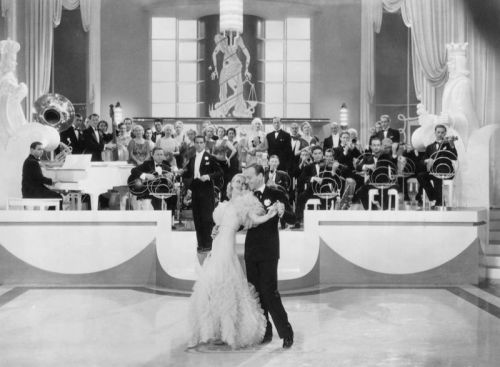
 (Swing Time, 1936)
(Swing Time, 1936)
 (Typical 1930s´film decor set)
(Typical 1930s´film decor set)

("Platinium Blonde", 1931)

("Saratoga", 1933)


(Jean Harlow´s bedroom in "Dinner at 8").
Hollywood Regency is a style of interior design that originated in the homes of Hollywood stars during the 1930s. It was a time when American designers, such as Dorothy Draper and William Haines, began decorating rooms to be luxurious showpieces for their celebrity occupants. An influence on modern designers like Kelly Wearstler, Hollywood Regency incorporates elements of Art Deco with eclectic touches of silver screen-inspired glamour.
Furniture elements of art deco in 1930s movies:

Cocktail globets

Living room crystal table

Mohair Green Chair

Woman´s bedroom chaise laounge

Marple Bedroom

Table lamps

Wall Lamps
Hollywood in the 1930s was a time when film heavyweights were expected to entertain at home in a fashion that befitted a movie starlet or matinee idol. Parties were supposed to have an air of wealthy sophistication to promote a glamorous image. Reflective surfaces achieved a lustrous shine favored by Hollywood Regency designers. Lacquered furniture, chrome mounts, porcelain lamps and reflective mirrors also are prominent decorative features. Other glitzy elements included brass knobs, gold statues and glimmering crystal chandeliers.
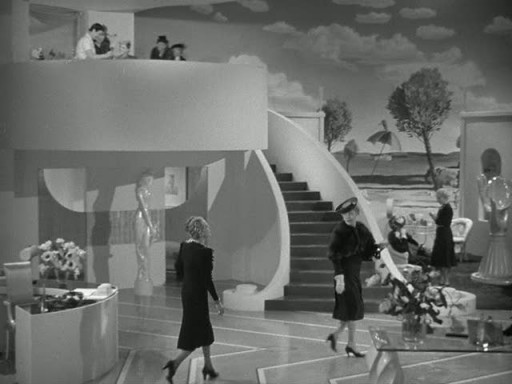
(The Women, 1938)

(Set by Dorothy Draper in the middle of 30s)
While Hollywood Regency takes it name from the elegant English Regency style that preceded it, the Art Deco style, popularized during the 1920s, was a more prominent influence. In fact, some consider Hollywood Regency an offshoot of Art Deco due to the similarity in design elements. Art Deco emphasized luxury, individuality and fine craftsmanship, characteristics later adopted into the Hollywood Regency aesthetic. The styles are also alike in their incorporation of clean lines, bold colors and geometric patterns.

("Bringing Up Baby" 1938 with Cary Grant and Katherine Hepburn)
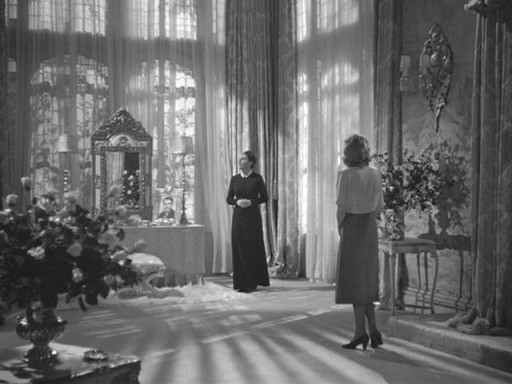
(Rebecca, 1940)
Rooms done in Hollywood Regency style are designed to present a dramatic showcase for entertaining while also providing guests with a feeling of lounge-like comfort. Low sofas, swivel stools and movable chairs are arranged for ease of conversation. A relaxed setting is underscored with touches of luxury by the use of lush fabrics like silk, velvet and faux fur that adorn hand-picked accessories, such as drapes, pillows, lampshades and rugs. Animal prints and Chinoiserie accessories are often used to underscore a sense of exotic opulence.

("All that Heaven allow", 1955).
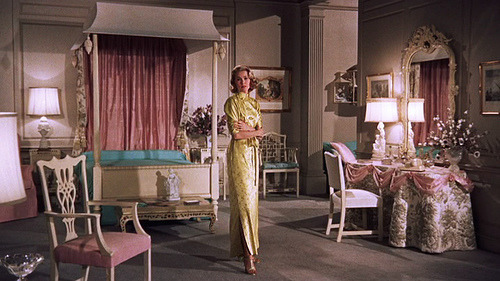
(High Society, 1956)

("Aunt Mame", 1958)

("Breakfast at Tiffany´s", 1961)
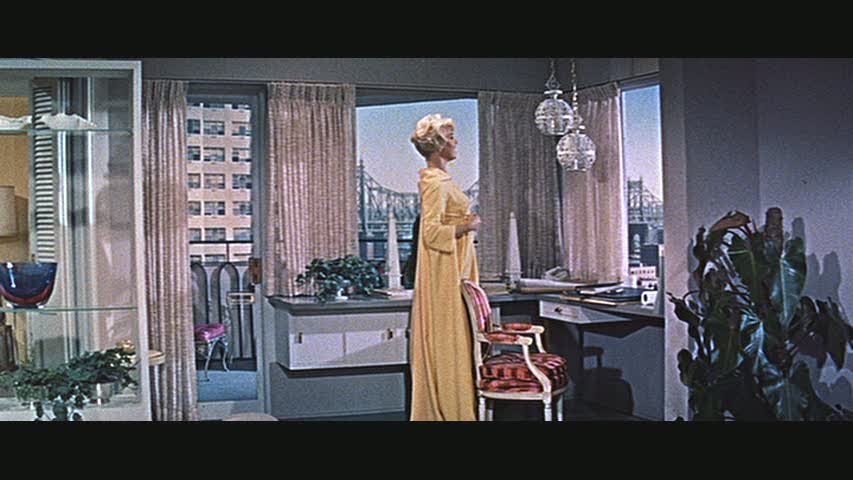
(Pillow Talk, 1962)
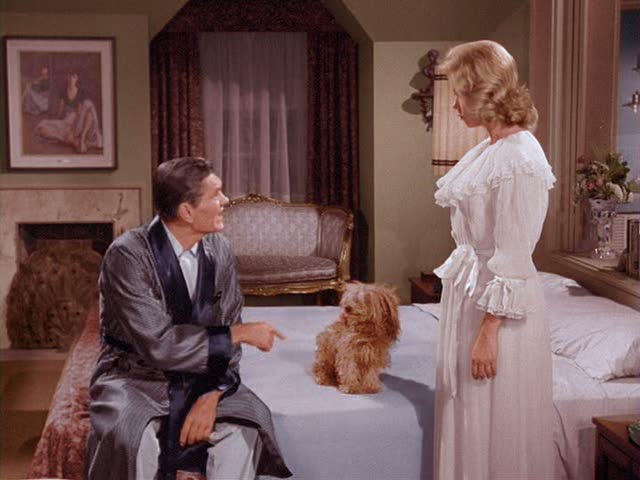
(Bewitched TV 60s and 70s´show)

(Film Set of early 60s)

(Dina Merill in "The Court of Eddie´s father" 1963).
To allow mingling space for guests, furniture is often limited to a relative few carefully chosen items. Artfully crafted ottomans, chairs and end tables are scaled down in size to allow a room's occupants to stand out from their surroundings. Furnishings like Chinoiserie vases and statues often have elaborate designs but are not so large as to dominate a room and draw attention away from its inhabitants. The emphasis is not on particular furnishings or accessories but on the mood of refined escapism they create.
Famous Hollywood Regency desingers:
Dorothy Draper

Elsie de Wolf

Will Haines

Kelly Wearstler

The
Hollywood Regency style´s furniture in EHow: Click in this
link for read it more.
The Hollywood Regency style today:
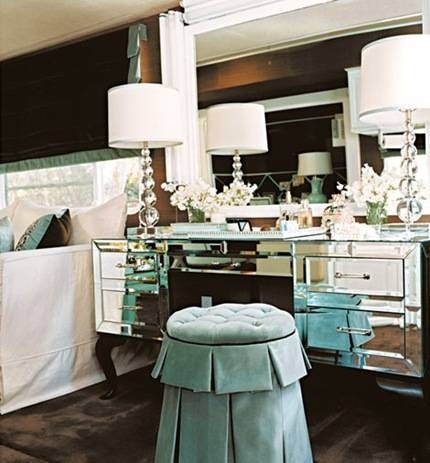
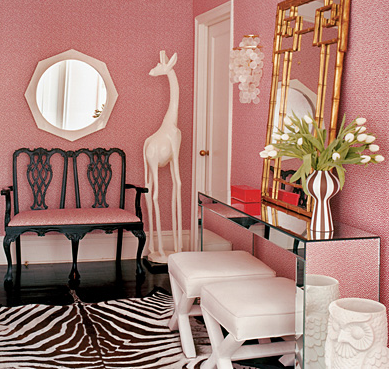
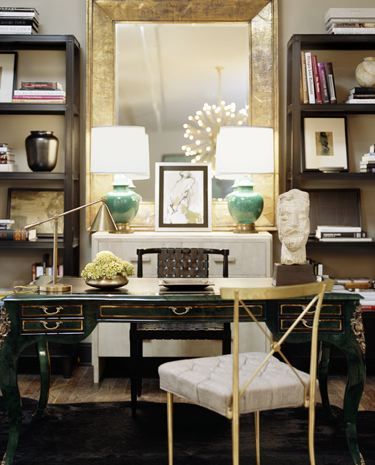
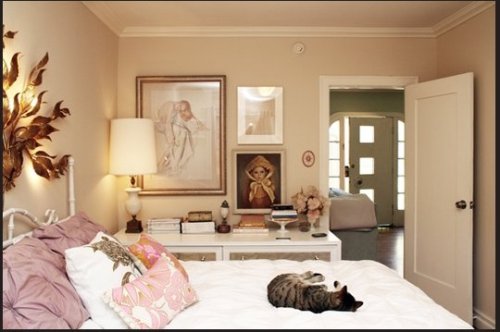
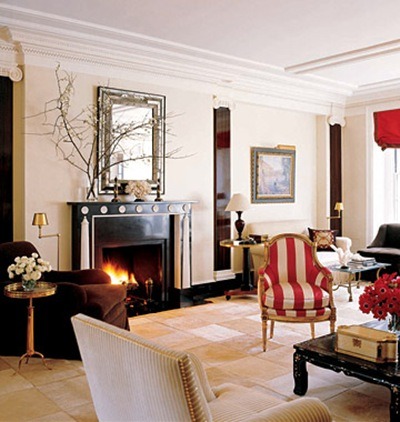
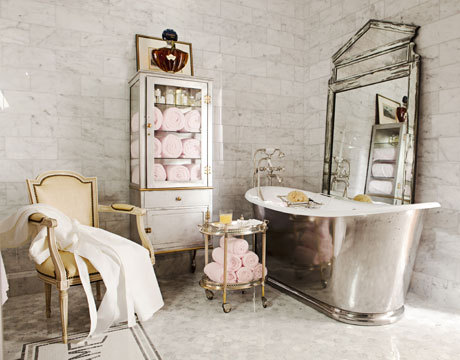


The film "Down with Love" was inspired in 1960s´comedies. The living room is a classic: the NY skyline and the colourfull furniture!
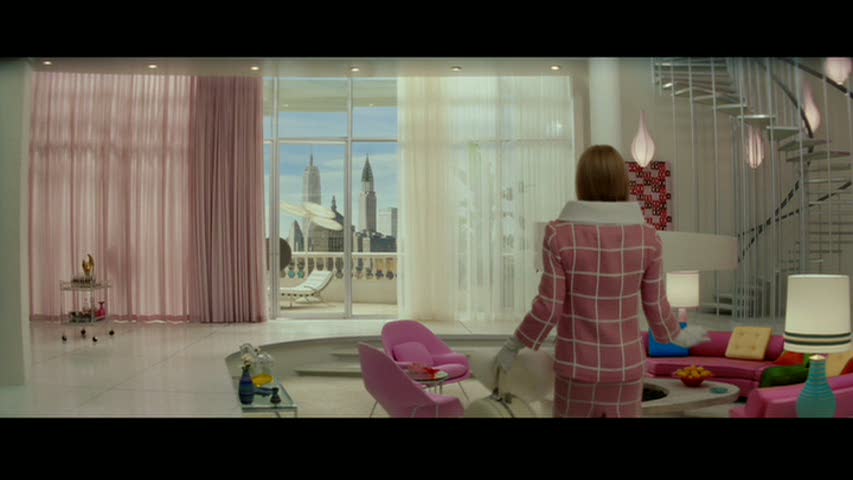
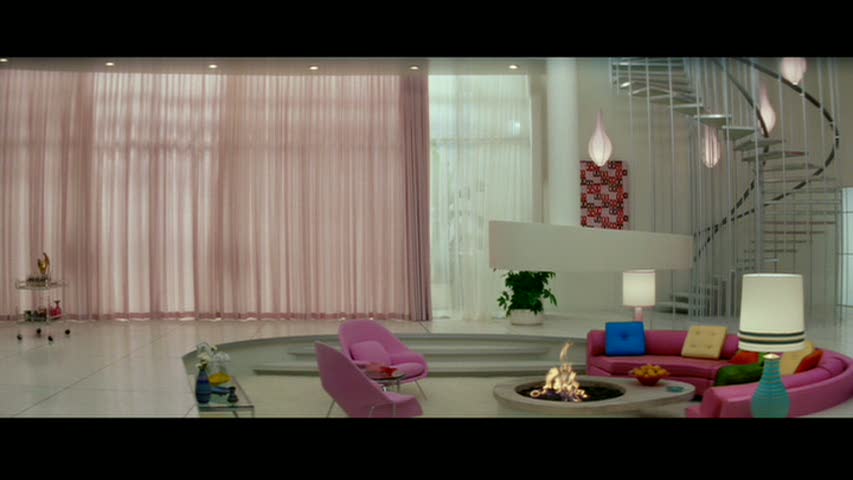
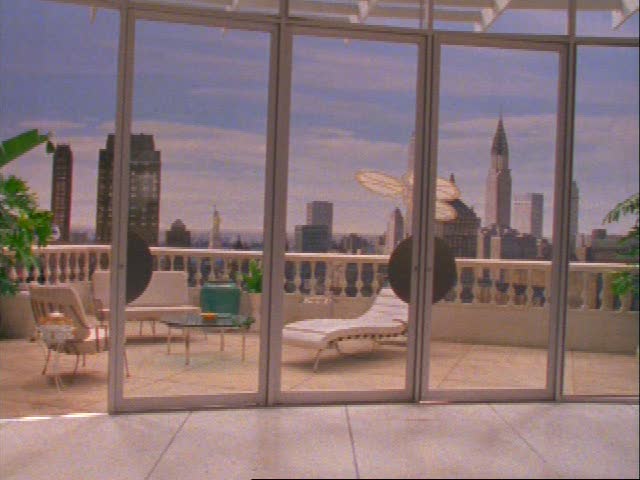
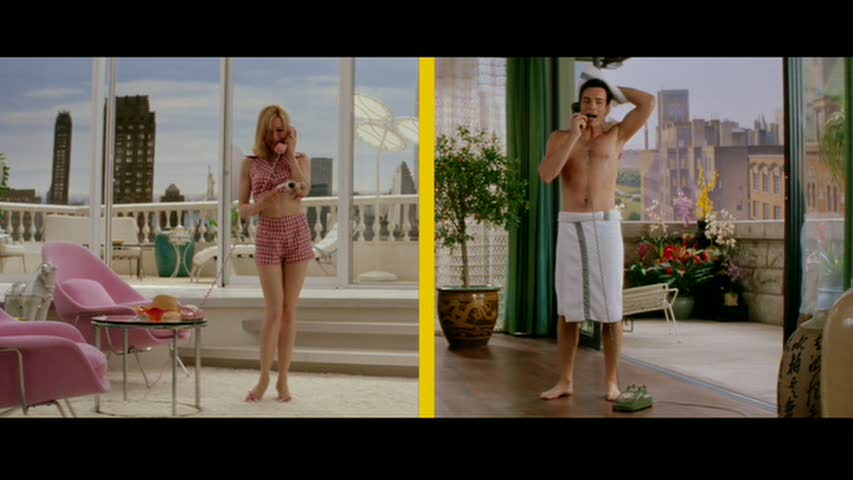

Links:
Dorothy Draper and Co.
Elsie de Wolf Biography
Kelly Wearstler
1930s Films History in AMC
